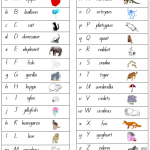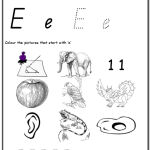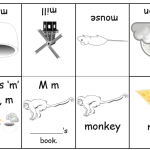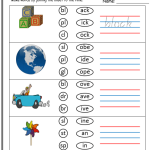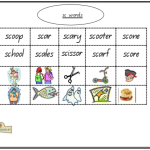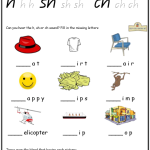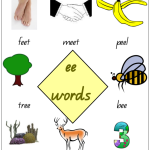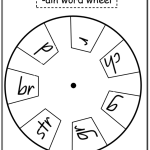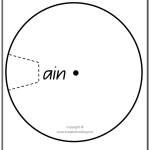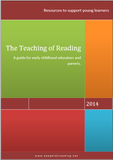What is Phonics?
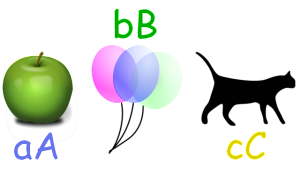
Phonemic Awareness
Phonics is knowing what letter (or letter combination) makes what sound and in what context. When a child attempts to work out an unknown word, s/he will need to be able to identify the letters’ corresponding sounds.
Want to give your child a head start or a catch-up, but not sure where to start? Follow the progression listed below.
1) Letter-Sound Knowledge
To begin, children need to learn individual letter sounds. For vowels, that is their short sound (‘a’ as in apple, ‘e’ as in egg, ‘i’ as in insect, ‘o’ as in orange, ‘u’ as in up). For your child’s reference, print and display this letter-sound chart.
- This is something that can easily be incorporated into everyday life from a very young age. “Can you help me find a fruit starting with ‘b’. ‘I spy something beginning with…’
- CVC words are perfect to use when working on basic letter-sound knowledge.
Check out more of our letter-sound resources.
Homeschool Activities also has some great phonics related activities and ideas-check them out!
2) Blends and Digraphs
Certain consonants blend together and recognising the sounds these make is the next step once basic letter-sound knowledge has been learnt.
Blends are two letters that go together to make two distinct sounds. ‘tr’ is a blend. You can hear both the ‘t’ and the ‘r’ sound. There are also three letter blends such as ‘str’ and again, all three sounds can be heard.
Digraphs are two letters that combine to make a different, single sound, such as ‘sh’. Neither the sound ‘s’ nor ‘h’ can be heard. Other digraphs are ‘ch’, ‘th’ (hard as in ‘that’ and soft as in ‘thumb’), ‘ph’, ‘nk’ and ‘ng’.
- Help your child come up with a short singable song line for each letter (‘br’ says /brr/, /brr/, /brr/, /brr/. The Broom is Broken. /brr/, /brr/, /brr/). Practise the rhymes. Make these into flash cards so your child can practise independently!
- Focus on one (or two similar) blend or digraph at a time. Help your child to come up with words- “cr says /crr/. Can you think of any words that begin with ‘crr’?”
3) Long Vowel Patterns and Dipthongs
There are many different terms that refer to the sounds vowel make when combined with other vowels or/or consonants. This is the next step that needs focus after your child has an understanding of blends and digraphs.
‘Bossy e’- a ‘bossy e’ changes a short vowel sound to long vowel sounds. For example, hop – hope.
Long vowel patterns- vowel can be combinated to make different sounds (also known as dipthongs). In the table below, you can see the sounds that common vowel patterns make.
| Long a sound | Long e sound | Long i sound | Long o sound | Long u sound |
| ai, ay, a_e | ea, ee | i_e, igh | oa, o_e | ew, u_e |
Other vowel patterns:
| oi and oy | ou and ow | Long oo and Short oo |
| boil toy coin boy foil annoy join ploy |
sour town sound plow cloud down round bow |
moon book food hood soon look loom wood |
- Try focusing on one vowel pattern at a time. Help your child come up with rhyming words. “Can you think of any other words that rhyme with ‘train’?”
- Use the board game ‘Upwords’ and replace the beginning letter to make new words.
General Phonics Tips
- Help your child practise identifying syllables in words (clapping is a good technique- ie. Dinosaur broken into its syllables is ‘di-no-saur’. This skill of hearing the different sounds within a word will assist in their reading (sounding out) and spelling. Try our Syllable Activity.





